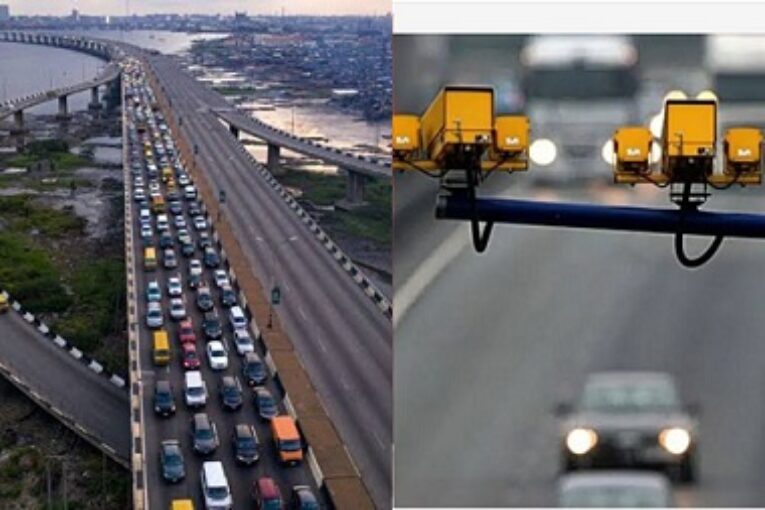
The Lagos State government is ramping up efforts to ensure strict compliance with speed limits and other traffic regulations to prevent accidents and loss of lives.
The Lagos State government has completed the installation of the Intelligent Transportation System (ITS), a technological initiative aimed at enforcing compliance with traffic regulations in 11 locations across the city.
These locations are powered with speed cameras, traffic lights, and e-police stations to monitor and enforce road safety.
In February, the state government announced a partnership with Huawei Technologies, a global technology infrastructure provider, to set up four new ITS locations across the city.
The effort was designed to significantly enhance traffic management and road safety in Nigeria’s commercial capital.
Commissioner of Transportation Oluwaseun Osiyemi explained how the new system would complement the state’s existing automatic number plate recognition cameras and other traffic management solutions.
“The newly established ITS sites are divided into two main categories: checkpoint sites for speed monitoring and e-police sites for traffic violation detection. These systems are designed to enforce traffic regulations, manage vehicle speeds, and ensure safer driving conditions throughout Lagos.” Osiyemi said.
Lagos activates ITS in 11 locations
Meanwhile, the state government announced on Thursday the implementation of the ITS sites.
It warned that motorists caught violating traffic laws at these locations will receive SMS notifications from the Vehicle Inspection Service (VIS), detailing the nature of the violation and the corresponding fines.
The fines are set at ₦20,000 for running red lights, while a ₦50,000 penalty will apply for exceeding speed limits. These fines are imposed on speed limit violators or those found committing other road traffic offenses.
Below are the 11 locations with the ITS installation
- 1. Third Mainland Bridge
– Speed Limit: 80 km/h
– Located along this major bridge, which connects the mainland to Lagos Island. Speed cameras monitor the traffic speed and violations on various parts of the bridge.
- Alapere, Ogudu Road
– Speed Limit: 80 km/h
– A significant location with a speed camera to ensure vehicles adhere to the speed limit.
- NITEL, Mobolaji Bank Anthony Way
– Speed Limit: 60 km/h
– This is another area with a speed camera along Mobolaji Bank Anthony Way, a prominent road in Lagos.
- Ojota Bridge (by Motorway)
– Speed Limit: 50 km/h
Speed cameras are located near the Ojota Bridge, which connects Ikorodu Road with the Third Mainland Bridge. Due to traffic density, the speed limit here is lower.
- Lekki-Ikoyi Bridge
– Speed Limit: 50 km/h to 60 km/h
– Speed cameras are installed to monitor traffic flow along this key bridge connecting Lekki and Ikoyi.
- Allen Avenue Road Junction
– Speed Limit: 50 km/h
– Located at the intersection of Allen Avenue, this e-police station monitors various traffic violations, including speeding.
- Nurudeen Olowopopo Road
– Speed Limit: 60 km/h
– This road also has speed cameras that enforce traffic rules and regulations.
- Ikorodu Road (various locations)
– Speed Limit: 50 km/h to 60 km/h
– Ikorodu Road has several speed cameras installed at different locations to monitor traffic speed.
- Oshodi-Apapa Expressway
– Speed Limit: 50 km/h to 60 km/h
– This busy highway has multiple speed cameras to regulate traffic flow and reduce accidents.
- Epe Expressway
– Speed Limit: 80 km/h
– Speed cameras are installed to monitor high-speed driving along the Epe Expressway.
- Murtala Mohammed International Airport Road
– Speed Limit: 60 km/h
– Cameras monitor traffic around the airport area, especially to control speeding near busy terminals and intersections.
The government advised motorists always to stay updated on speed limits in different areas, as they can change due to traffic conditions or roadworks.




